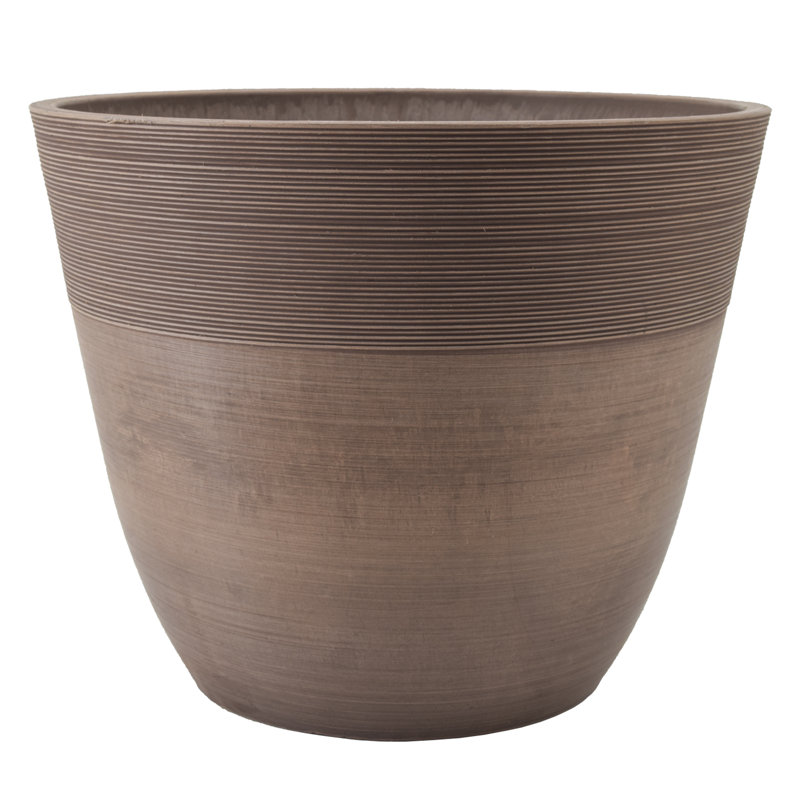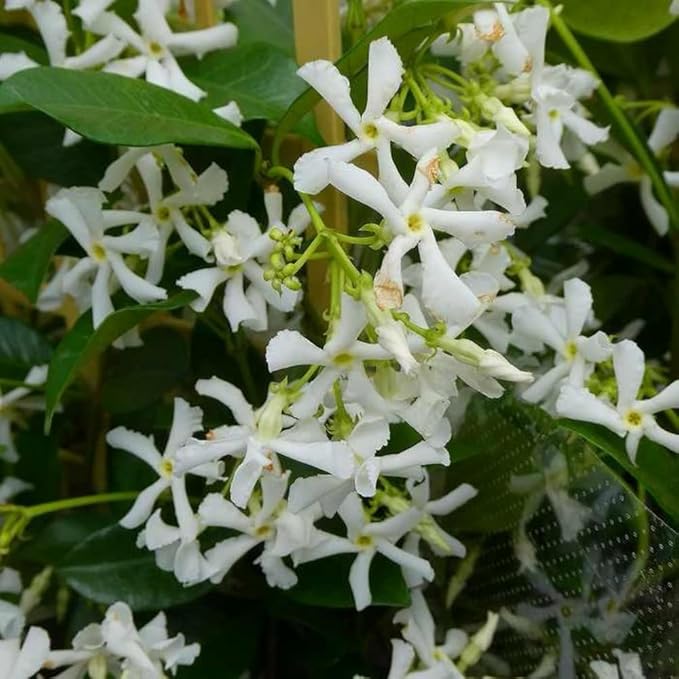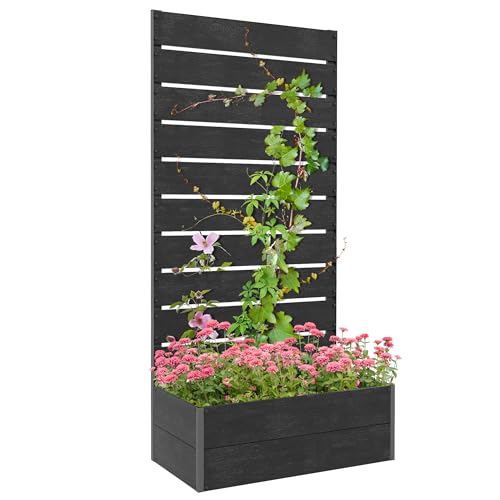I’ve been gardening for 15 years and these are the climbers I will never plant again, plus my go-to replacements
Climbing plants are my first choice for screening boundaries, but there have been several failures over the years that I will never plant again


When I was asked to write about plants I will never grow again, it occurred to me that most of the plants that fell into this category were, in fact, climbers. I seem to have had more than my fair share of disasters in this particular plant department. Consequently, I feel more than qualified to share my experiences with you.
My lack of luck with certain climbing plants could be because my garden is a south-facing sun trap, or because I chose varieties that would grow vigorously to cover boundaries and offer privacy in an urban setting. Or it could be because life sometimes gets in the way, and it's not top of the priority list to go up a ladder in January, the recommended month to prune one particular climbing plant that failed for me. Especially when there's snow on the ground.
Some of these climbers overperformed, growing so enthusiastically that they took over the garden and eventually had to be forcibly removed. Other plants I will never grow again underperformed and were a let-down, either because flowers were short-lived or a no-show, or alternatively grew a mass of ugly twiggy growth, or the foliage failed to wow. And this is why they make it onto my list of climbers I will never plant again.
1. Virginia creeper
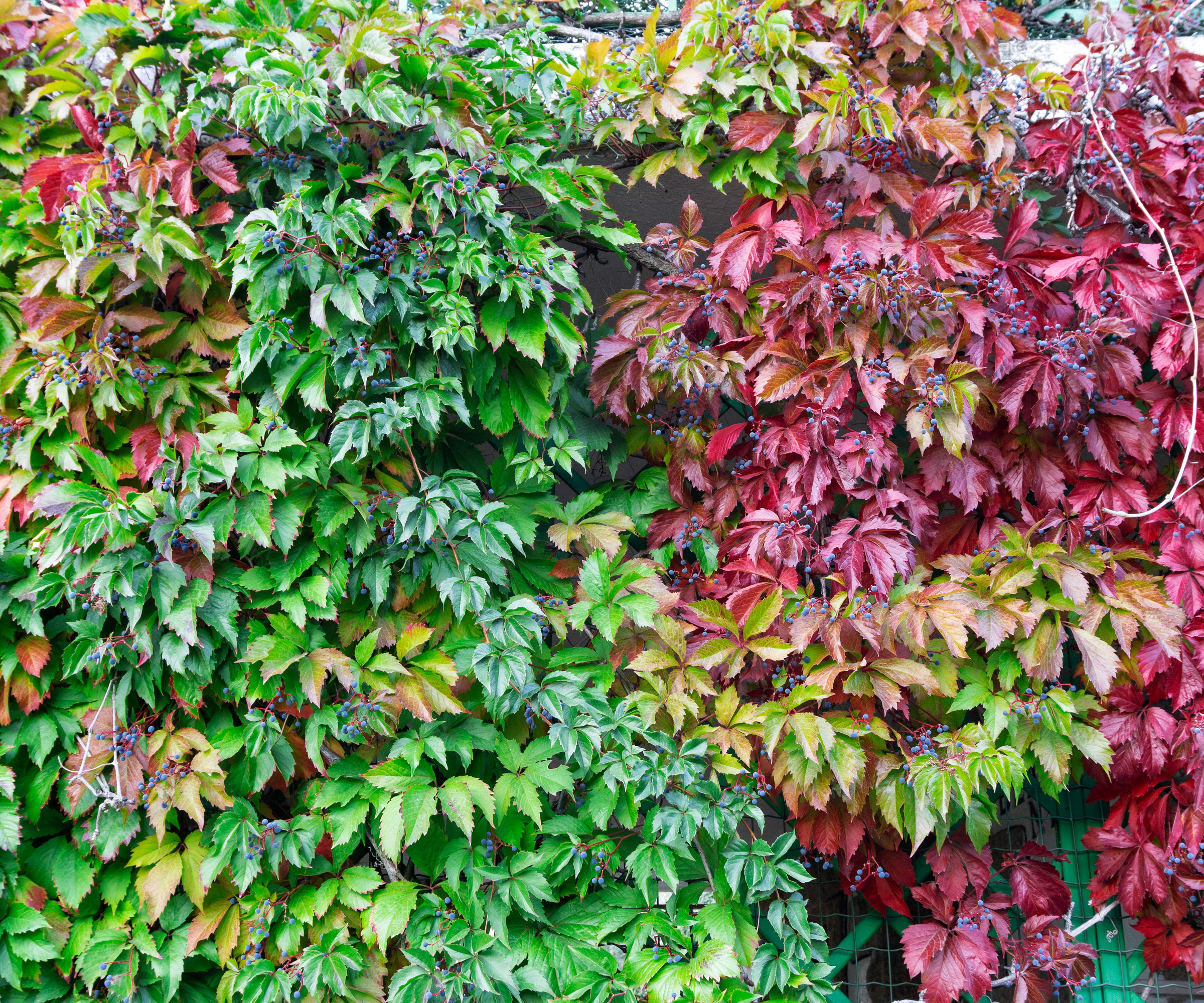
I love the bright fall colors of Virginia creeper. This native climber (also known as Parthenocissus quinquefolia and Boston ivy) is famed for its fiery crimson hues. It's best grown in full sun, so it thrives in my south-facing garden.
This climber was inherited from the previous owners, and at first, I was thrilled by its foliage and ability to clothe a garden wall so beautifully. But now it's rampant and needs constant vigilance as it twines over and through all the other shrubs, meaning you have to wade right into the undergrowth to deal with the tendrils and cut it back.
These tendrils also hold fast to brick or stone surfaces, so they must be trimmed and checked regularly to keep them in bounds. It should not be grown on wood or shingle walls, as it will be difficult to remove if left unchecked. It can also attach to and grow in gutters, causing damage to the exterior façade of your house.
Now I regularly sweep along the plant for long tendrils of leaves that I gather and arrange in masses in tall vases, which helps keep it under control, plus looks good indoors. For now, it's earning its place in my garden, but only because I police it with the pruning shears weekly.
Design expertise in your inbox – from inspiring decorating ideas and beautiful celebrity homes to practical gardening advice and shopping round-ups.
Instead: Crimson glory vine (Vitis coignetiae, thrives in Zones 4-9) if you're looking for an alternative climber with stunning red, orange and crimson fall foliage that's much easier to keep under control – simply prune it to fit your space. It makes it onto our list of the best fast-growing climbing plants, too. Buy crimson glory vine seeds at Amazon.
2. Russian vine
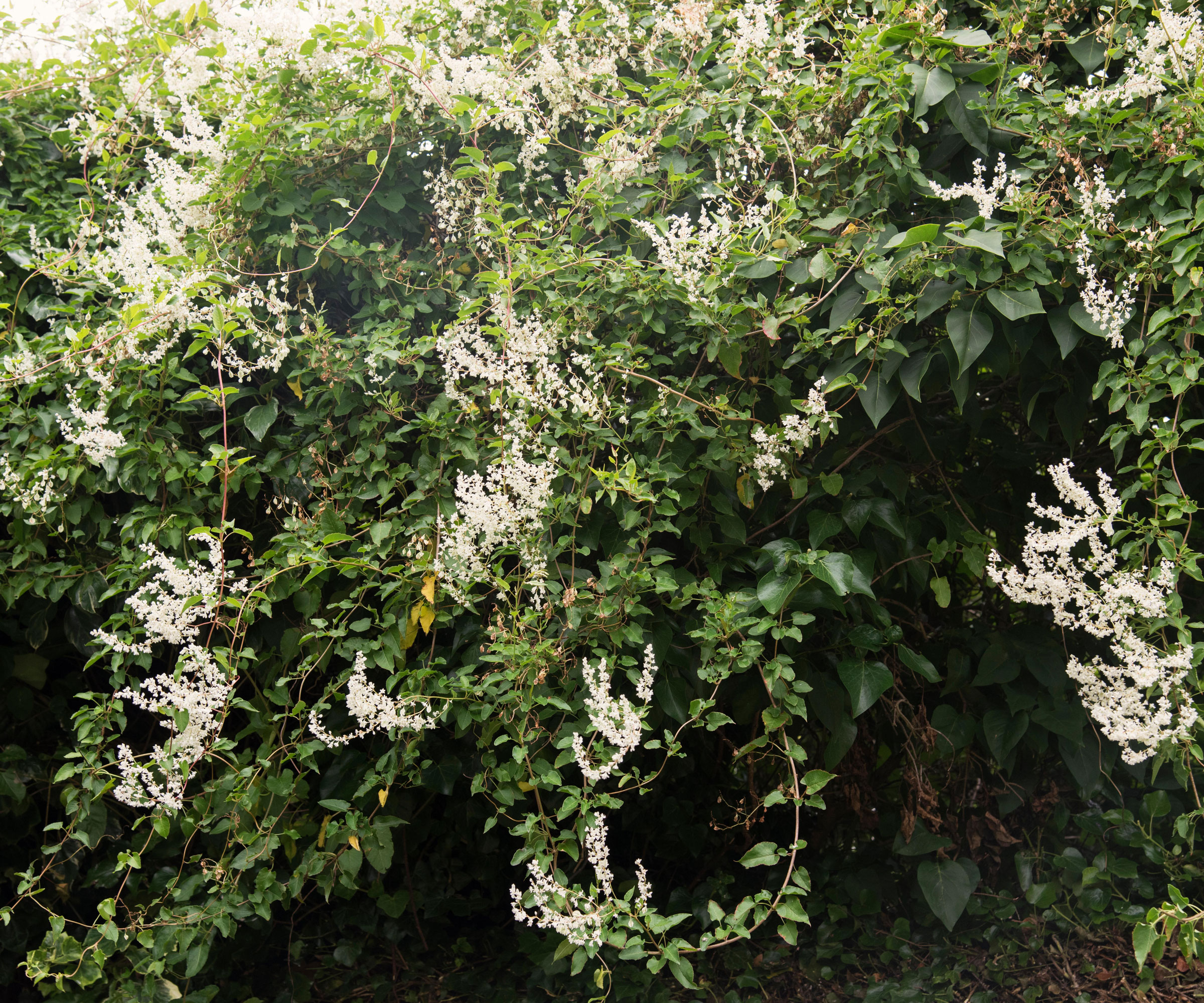
There are invasive climbing plants, then there is Russian vine, also known as Fallopia baldschuanica and mile-a-minute (for good reason), which is in a class all of its own. This is one climber you should never plant in your garden, and it's top of my list of climbers I will never plant again.
A relative of Japanese knotweed, Russian vine is an equally unwelcome plant that will also choke your garden with its virulent growth. Invariably planted to cover an ugly wall or building fast, don't fall into the trap of thinking it's a good idea to plant one, as I did when a gardening novice a few years back.
The only way to rid yourself of it when it invariably takes over (and it will) is to cut it back to the ground and apply a stump-killing weedkiller. Not a great solution if you're an organic gardener, but I don't know of anything else that will work to see it off.
Instead: Star jasmine (Trachelospermum jasminoides, thrives in Zones 7-10), a true gem in the world of climbing vines. This is why it makes it onto our list of the best evergreen climbers, too. It needs pruning at least once a year; otherwise, it can grow where you don't want it to. But that's easily doable, right? Buy star jasmine at Nature Hills.
3. English ivy
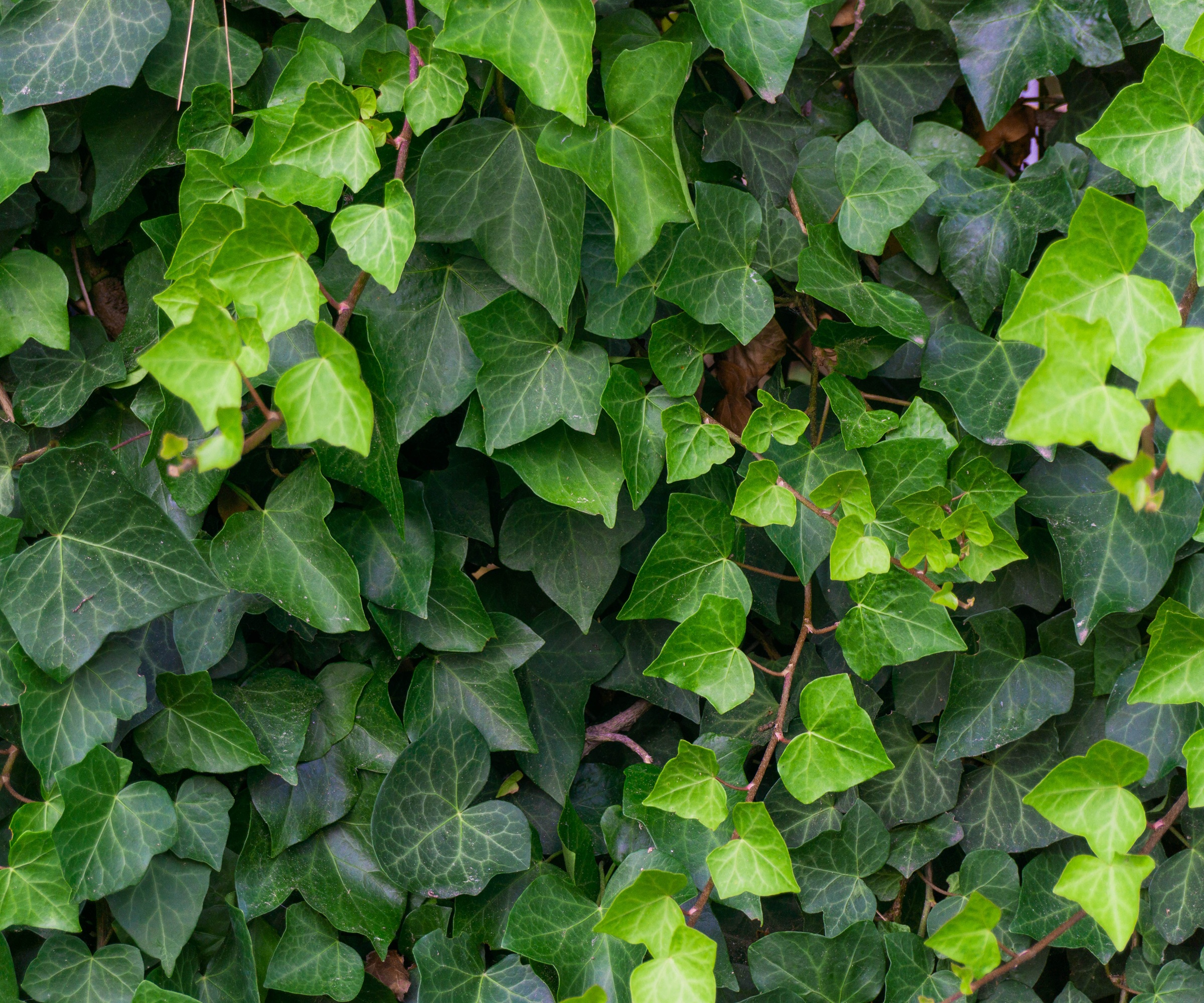
English ivy (Hedera helix) spreads quickly regardless of location so it's a great choice if you're happy to get stuck in with the pruning shears on a regular basis. Often people have a love-hate relationship with it and that's very much the case for me.
While I like the young plants with their small, soft-textured, heart-shaped leaves I'm not so keen on the plants as they grow bigger, when the leaves go thick and leathery, and the stems become woody and twisted with age, sending out those furry aerial roots which spoil the plant.
I appreciate the year-round evergreen qualities of English ivy, and the fact it's a wildlife magnet for butterflies, moths, bees and birds. Especially in fall when the clusters of yellow flowers are followed by black berries.
But I'm not so keen on keeping it clipped and it often feels like a battle I'm losing, especially as the thick stumps need a professional team to take them out. Find out how to get rid of ivy on a fence if you're prepared to have a go yourself.
Instead: Climbing hydrangeas (Hydrangea petiolaris) – why opt for leaves only when you can have leaves plus flowers? This variety of hydrangea is a vigorous grower, covered in large clusters of flowers in late spring and early summer. It can tolerate a variety of growing conditions in Zones 4-10, is easily trained, and looks attractive all year round. Find a climbing hydrangea at Nature Hills.
4. Clematis montana 'Alba'
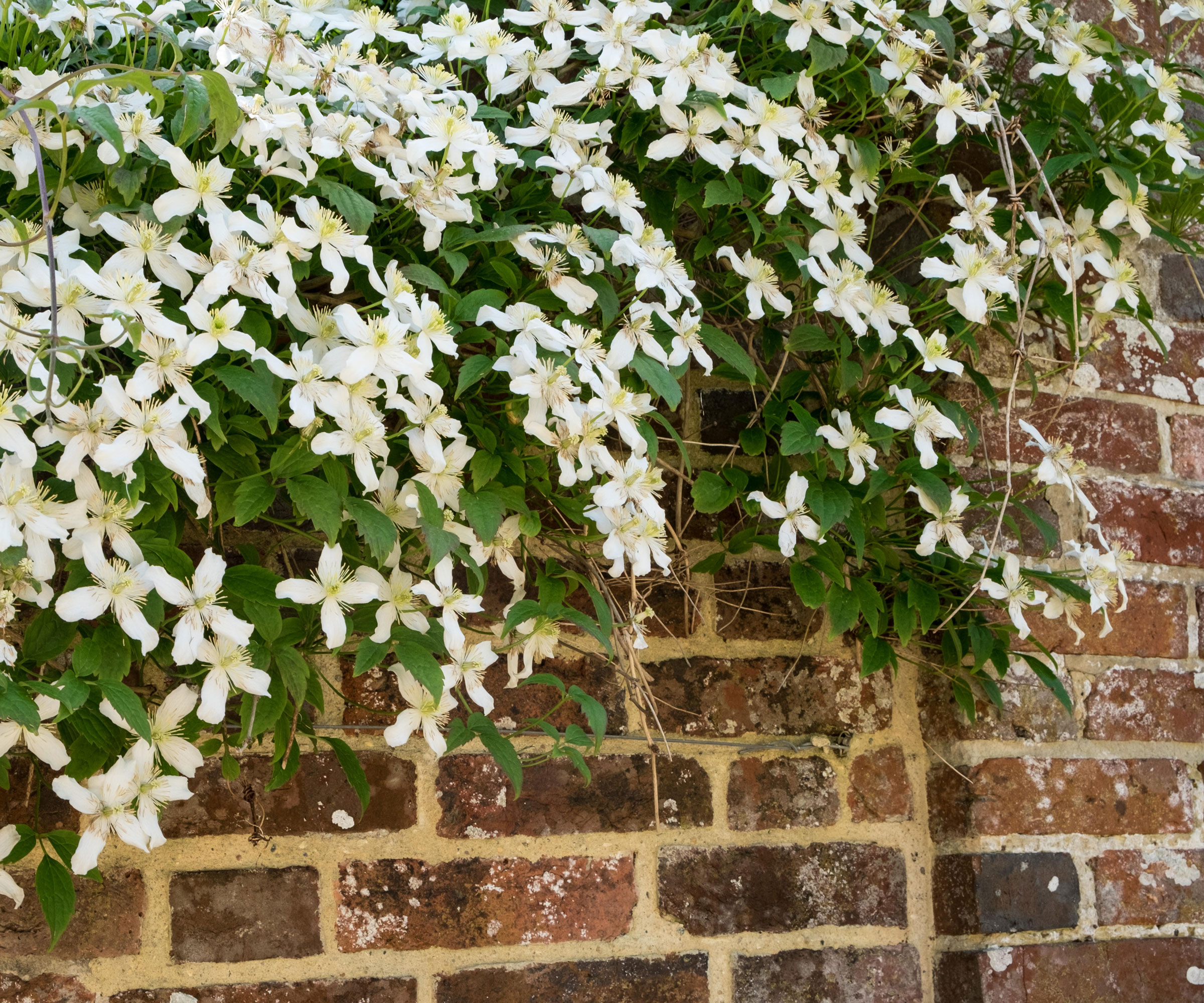
Ideal for softening fences and walls, I thought this would be a good choice a while back to cover a stretch of bare fence in my garden. But when I picked out this clematis at the garden center I missed the caveat that this can be a very vigorous grower. Being a fan of white flowers, I loved the look of the creamy white blooms on the tag and the promise that there would be lots of them.
The flowers were so much smaller than I expected, about two inches across when I had been anticipating much larger ones. The flowering season was six weeks, which admittedly is a decent amount of time, but for the rest of the year, I was left with nondescript foliage and, being deciduous, lots of twiggy stems. It's one of the climbers I will never plant again.
My montana quickly scrambled right over the fence and covered the adjacent laurel tree, which looked a total mess and meant going up a ladder to tidy it up. Who has time for that? Eventually, the flowers and leaves were all at the top of the plant, way beyond eye level. This meant the fence was bare except for a mass of tangled stems and twigs.
This was probably my fault as I failed to grasp how to prune clematis, but the confusion was because this variety has Group 1 pruning requirements, which translates as 'no prune' except tidy up after flowering. Which clearly wasn't enough.
Instead: A more manageable variety such as Clematis montana 'Mayleen' available from Nature Hills. Thriving in Zones 6-9, groom this plant after first flowering by cutting back the top one-third to one-half of some stems, and it will become a well-behaved addition to your garden.
5. Climbing roses

The climbing rose 'Zephirine Drouhin'. Mine didn't look like this
I find climbing roses quite difficult, but that might just be me, as generally they're considered easy to grow. I regularly forget to tie in the stems, and it's such a fiddly job when I do remember. Ditto feeding the soil with well-rotted manure in fall.
I find the pruning a chore too, as it means going up a step ladder. Plus, of course, the advice is to prune climbing roses in January or February, often not the best time to be out in the garden with your pruning shears.
I did have one climbing rose that was quite a success, a 'Zephirine Drouhin’, but the blooms were disappointing as there weren't that many of them and they were over so quickly.
It didn't have a second flush of flowers either. Maybe because I didn't deadhead them, another chore it's easy to overlook when the roses are out of reach rather than easily accessible.
Either way, climbing roses are one of the climbers I will never plant again, however much I love roses in general.
Instead: One of the pretty pink or red honeysuckle varieties that are native to the US, such as 'American Beauty' available from Amazon, with beautiful peach and pink colored flowers from June through to September. This variety will flower prolifically year after year, is one of the best flowering climbers, and has a sweet fragrance too.
While there are plenty of climbers I will never plant again, I hope you will find joy with my alternative suggestions for what to grow instead. You may also be interested to know that there are more invasive climbers in addition to those mentioned already that you should never grow in your garden. Meanwhile, if you're looking for climbing plant suggestions for screening, try out the best plants for privacy instead.

Lifestyle journalist Sarah Wilson writes about garden design and landscaping trends for Homes & Gardens. She has studied introductory garden and landscape design, and also has an RHS Level 2 qualification in the Principles of Plant Growth and Development. She is a regular contributor to Homes & Gardens and Livingetc. She has also written for Country Living, Country Homes & Interiors, and Modern Gardens magazines
